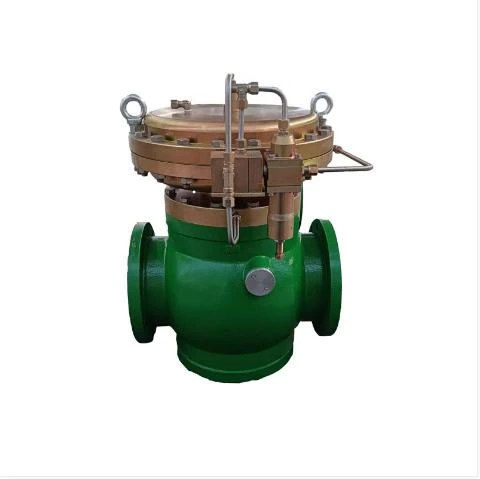
Nov . 11, 2024 02:52
Back to list
Natural Gas Pressure Reduction Station Overview and Key Functions
Natural Gas Pressure Reduction Station An Overview
Natural Gas Pressure Reduction Stations (PRMS) play a critical role in the distribution and management of natural gas across various regions. These facilities are essential in ensuring a steady and safe supply of gas to residential, commercial, and industrial consumers while maintaining the integrity of the gas supply network. In this article, we will explore the fundamental functions of gas pressure reduction stations, their importance, and the technologies employed in their operation.
Understanding the Role of PRMS
Natural gas is typically transported from production sites to end-users through an extensive pipeline network. As gas travels through these pipelines, it is subjected to various pressures. However, the pressure levels required for transportation can be significantly higher than those suitable for consumption. Therefore, it becomes imperative to reduce the pressure before the gas reaches its final destination. This is where Natural Gas Pressure Reduction Stations come into play.
PRMS are strategically located throughout the pipeline system, often near urban areas or industrial zones. Their primary function is to lower the high-pressure gas from the transmission pipelines to a safe and usable pressure for distribution. This process not only protects the integrity of the pipeline system but also ensures the safety of consumers and equipment that use natural gas.
Key Components of a Pressure Reduction Station
A typical PRMS consists of several key components, each designed to facilitate efficient pressure reduction and safe gas delivery
.
2. Isolation Valves These valves allow for the controlled shutdown of the system for maintenance or emergencies. They play a vital role in the safety of PRMS, preventing potential hazards associated with gas leaks.
محطة تخفيض ضغط الغاز الطبيعي

3. Filters To ensure clean gas supply, filters are installed within the system to remove impurities and particulates that could damage equipment or affect combustion efficiency.
4. Control Systems Modern PRMS utilize advanced automation and monitoring systems that provide real-time data on pressure levels, flow rates, and operational status. This information is essential for maintaining safety and efficiency.
5. Safety Systems Various safety measures, including pressure relief valves and emergency shutdown systems, are integrated into PRMS to mitigate risks associated with overpressure and system failures.
Importance of PRMS in the Energy Sector
The significance of Natural Gas Pressure Reduction Stations extends beyond mere pressure control. They contribute to the overall efficiency of the natural gas supply chain. By ensuring that gas is delivered at the appropriate pressure, PRMS help to enhance energy efficiency and reduce wastage. They also mitigate the risk of pipeline ruptures, which can be costly and dangerous.
Additionally, with the growing emphasis on clean energy and a transition towards more sustainable energy sources, the reliability and efficiency of natural gas infrastructure are becoming increasingly critical. PRMS are thus integral to the broader context of energy transitions, allowing for the seamless integration of natural gas as a transitional fuel alongside renewable energy sources.
Conclusion
In conclusion, Natural Gas Pressure Reduction Stations serve as vital components of the natural gas distribution network. By effectively managing pressure levels, these facilities ensure a safe and efficient supply of gas to consumers while protecting the integrity of the infrastructure. With advancements in technology and a growing emphasis on safety and efficiency, PRMS will continue to evolve, playing a pivotal role in the energy landscape of the future. Their importance cannot be overstated as they not only facilitate the everyday use of natural gas but also contribute to a more sustainable energy system overall.
Latest news
-
Safety Valve Spring-Loaded Design Overpressure ProtectionNewsJul.25,2025
-
Precision Voltage Regulator AC5 Accuracy Grade PerformanceNewsJul.25,2025
-
Natural Gas Pressure Regulating Skid Industrial Pipeline ApplicationsNewsJul.25,2025
-
Natural Gas Filter Stainless Steel Mesh Element DesignNewsJul.25,2025
-
Gas Pressure Regulator Valve Direct-Acting Spring-Loaded DesignNewsJul.25,2025
-
Decompression Equipment Multi-Stage Heat Exchange System DesignNewsJul.25,2025

